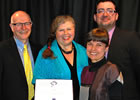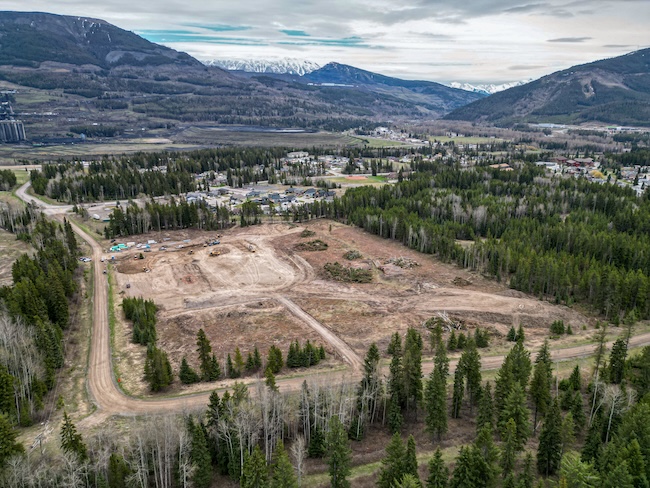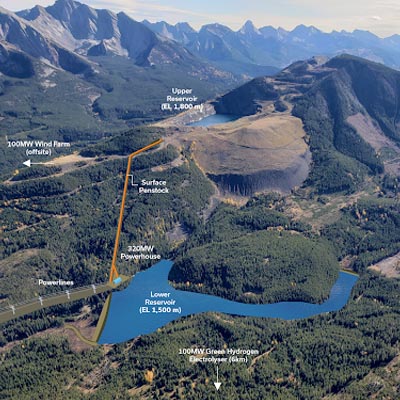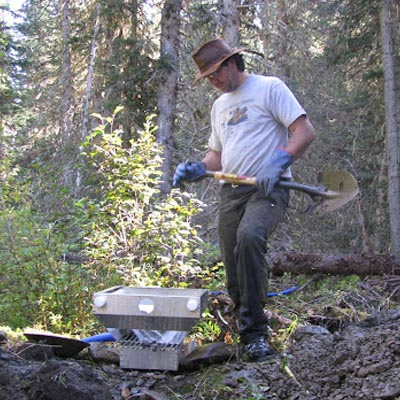An honourable distinction

Staff at the Britannia Mine Museum worked diligently to redesign the facility—and it paid off at the CMA annual national conference in Ontario. — Phot
Staff at the Britannia Mine Museum worked diligently to redesign the facility—and it paid off at the CMA annual national conference in Ontario. — Photo courtesy the Britannia Mine Museum
Located in Britannia Beach, 10 minutes south of Squamish, the Britannia Mine Museum has some serious bragging rights. In addition to the extensive upgrading that has been taking place at the facility, it was recently awarded the 2011 Canadian Museum Association (CMA) Award for Outstanding Achievement in Facility Development and Design.
The prestigious accolade was presented at the CMA’s 64th annual national conference in London, Ontario. It was granted due to a number of factors, as the museum not only has national and historical significance but also has made tremendous strides in revamping its functionality, appearance and overall quality.
The start of 2010 brought with it the initiation of a $14.7-million, three-phase redevelopment project for the museum, and it has already proven to be money well spent.
The funds for the project were contributed by several key players in the industry, as well as by private donors and grants from sources such as the provincial and federal governments and Western Economic Diversification Canada’s Municipal Rural Infrastructure Fund.
Redevelopment goals include boosting tourism appeal and preserving the heritage of the on-site structures and exhibits. The designers made good use of existing materials and restored buildings, while at the same time incorporating modern architecture for an up-to-date feel that reflects the innovative and progressive people behind the endeavour.
Guests will be enthralled by the new Beaty-Lundin Visitor Centre and the Britannia A-Z Exhibit Hall, not to mention the wide variety of other interactive features.
The visitor centre has been built with local Douglas fir siding and copper panels that were manufactured with recycled material. The use of copper panels honours the history of Britannia Mine—at one time the British Empire’s largest copper mine.
Other natural components, such as wood, water and various types of stone have also been included in the museum redesign, paying homage to the environment.
The A-Z Exhibit Hall has been completely redone, and new displays have been introduced to illustrate the lives of the 60,000 workers and residents who were a part of Britannia’s thriving mining community from 1904 to 1974.




